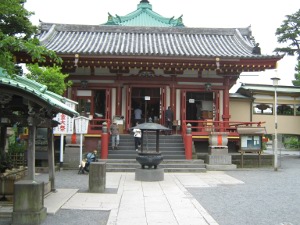
Time had made the memories hazy, but they came flooding back as my son and I approached.
What had been a shabby neighborhood of tiny lanes and small shops had become office towers. Another nearby section had remained to become a red light district.
The temple inside the park I had thought ancient turned out to have been rebuilt in 1958, after the American firebombing of Tokyo.
But I watched closely and finally understood the Buddhist way here. Wash your hands before entering, buy and light sticks of incense, stand in prayer before the altar as the smell surrounds you, and when your prayer is over stick the incense into the sand of a communal urn, with that of every other follower of the way.
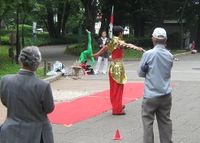
There are many signposts with maps, some in Japanese, some in English, easily distinguished because they align the park differently. And my son, examining one English map, found something he thought exciting.
General Grant's memorial.
General Grant? U.S. Grant, the 18th President? Or some other Grant? I was curious, so I let him lead us through the unknown sidewalks, seeking out the Grant memorial.
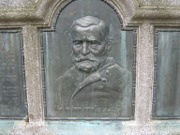
The Grant memorial is right behind the statue of the general, between the general and the entrance to the zoo. My son went in one direction and I in another. (The inscription below the General reads "let us have peace.")
As you can see we finally found it. Along with one of the saddest stories I have ever found in Tokyo.
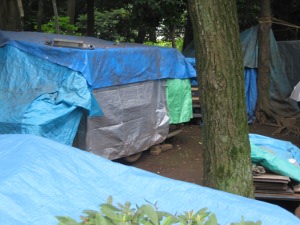
A metal plaque on a cement frame told the story. U.S. Grant and his wife Julia came to Japan in 1879, after his term of office. They were welcomed as friends, they were feted, and while they were there each planted a tree in this spot. Grant planted an oak, Julia a yujan, a native Japanese tree. The plaque was placed in 1929, by Americans who remembered the visit.
The tarps and the people? Homeless. Pitiable, most quite old, one with a cat on a leash, standing guard at his tarp tent, while he sat.There were maybe a half-dozen tents in all, filled with these homeless people, in the shade of General Grant's tree.
Most Japanese have survived this long strange journey of recession, struggle, and renewed recession. They have lowered their expectations. Where once they seemed like the English, looking down toward Europe, stewards of economic empire, they had become lmore ike the French, basking in their unique culture, taking pride in being Asian, in the small comforts of cuisine and culture, and the sure knowledge that whatever prosperity their neighbors may enjoy they got there first and can show them the way toward making the most of it.
But some Japanese have not survived this strange journey downwardSome Japanese have fallen completely and no one, in the public or private sector, has been able to bring them up toward even a proud and stable poverty.
As we left the park I noticed there were many other homeless here. They lay on the park benches under the tree. They sat on the stone benches opposite the salarymen, and the families with children, who studiously averted their eyes and continued on as if nothing had happened.
But something has.


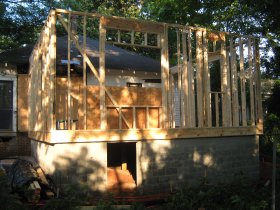







As I read your article, all I could say that this is the other side story of the town.
As I read your article, all I could say that this is the other side story of the town.
Very well written. Thanks.
Very well written. Thanks.